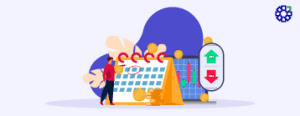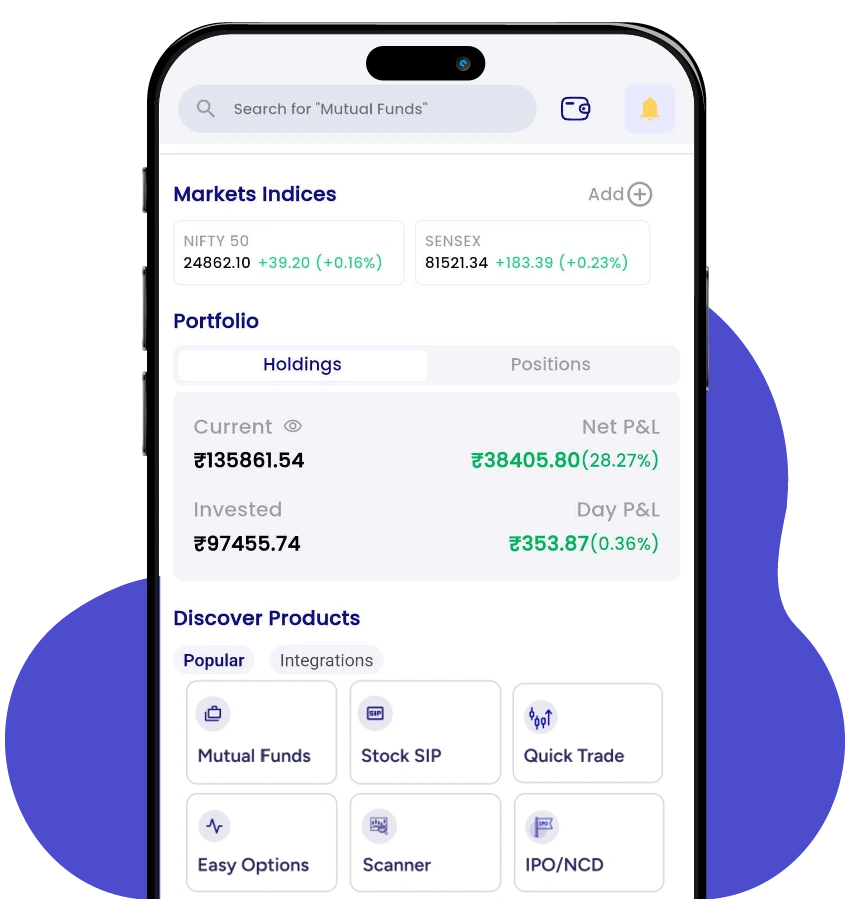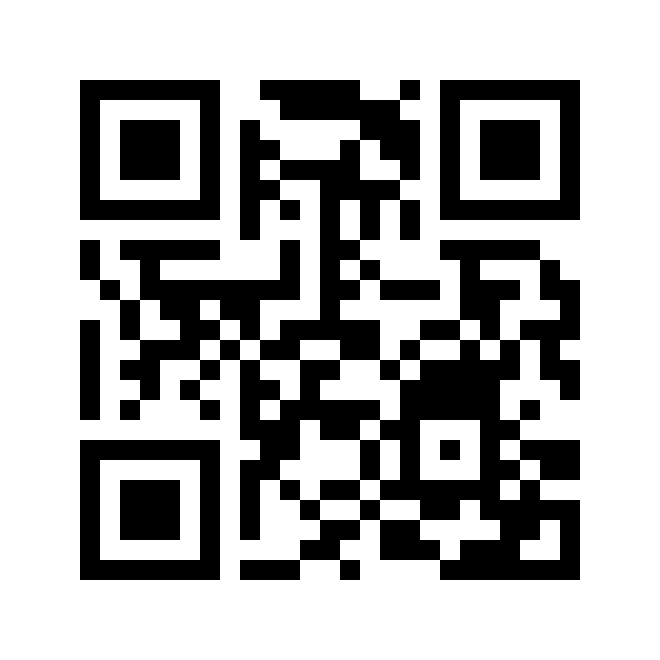What is Derivative Trading?
- 21st July 2025
- 10:45 PM
- 8 min read
Do you know that currently India has become the largest equity derivative market in the world? According to the Futures Industry Association, it accounted for 60% of all derivatives contracts traded worldwide in April 2025.
Despite its high trading volume, derivatives carry a high risk. Traders who come with a clear understanding of derivative trading can navigate the market easily.
Want to know more? Read this blog to have a clear understanding of what is derivative trading and how you can start it.
What Does Derivative Trading Signify?
Derivatives are distinct from other financial instruments primarily because they enable market participants to buy or sell an underlying asset at a predetermined future date. Derivative trading involves the use of contracts whose value is derived from assets such as equities, commodities, currencies, and market indices.
Given the inherent price volatility of these assets, derivatives present both profit opportunities and significant risks. The primary types of derivative contracts include forwards, futures, options, and swaps.
In response to increased participation, the Securities and Exchange Board of India (SEBI) has introduced regulatory measures. It includes larger lot sizes and restricted expiration cycles to emphasise the need for informed and compliant trading.
4 Different Types of Derivatives
Now that you have understood the derivative trading meaning, let us explore the different types of derivatives:
-
Forward
A forward is a financial contract that is settled between two parties or traders on a predetermined price and quantity of an underlying security. These contracts are executed before an expiry date.
Forward contracts are settled privately with no involvement from a third-party trader or any mediator. Additionally, these contracts must be executed on the over-the-counter (OTC) derivative trading market. A wide variety of assets, like interest rates and commodities, can be traded in forward contracts.
-
Futures
Futures contracts are similar to forward contracts, but both parties are legally bound here. A futures contract legally obligates both parties to exercise the terms of the contract within the specified time frame.
The two parties determine the amount of an underlying asset and the price that the buyer must pay on a given future date. Traders use these contracts to protect their assets against price fluctuations.
-
Options
An options contract gives the holder the right but not the obligation to buy or sell an asset at a set price and date. Unlike futures contracts, traders have the flexibility to exercise or not exercise the contract in options contracts.
After paying the premium to an option seller, the buyer is free to transfer the exercise right under an options contract. There are two types of options contracts: put options and call options.
-
Swaps
Swaps are derivative contracts that allow two parties to exchange or swap their financial liabilities or obligations. In a swap contract, both parties set the cash flow based on the interest rate.
One cash flow under this contract is typically fixed, while the other fluctuates under the benchmark interest rate. Similar to forward contracts, you can trade these contracts in OTC rather than on the exchange market.
Who Can Trade in the Derivatives Market?
The derivatives market draws a diverse range of participants, each with their own objective. Here are the four types of participants who can take part in derivative trading:
-
Hedgers
You can trade derivatives as a hedger to mitigate your risk exposure. Hedgers are producers of the underlying assets, which are mostly commodities like metals, oil, and pulses. Being a hedger, you can use these contracts to get a specified amount for your produce and goods if the price of an underlying asset drops before a contract’s expiration date.
-
Speculators
Speculators predict the changes in the future prices of an underlying asset. Based on these predictions, you, as a speculator, can hold certain positions in the derivatives market. You can make a profit based on the difference between the spot price and the strike price of the underlying asset.
-
Arbitrageurs
Arbitrageurs are traders who exploit the price difference of an asset in two or more markets. Being an arbitrageur, you must ensure you get a better price for the same asset.
-
Margin Traders
Margin traders exploit stockbroker margins while using a portion of their money to purchase and sell financial contracts. Being a margin trader, you can trade contracts and make a profit depending on how an underlying asset’s prices change in a single day.
With the PL Capital Group – Prabhudas Lilladher application, you can trade in derivatives in the Indian stock market. PL Capital offers you a margin trading facility with research-backed picks and 750+ approved stocks.
4 Key Benefits of Derivative Trading
-
Market Efficiency
Derivative trading ensures the flow of capital and liquidity with futures and options. You can seamlessly buy and sell securities.
-
Price Determination
The practice of trading in derivative contracts helps you to make efficient price discovery in the market. For instance, futures contracts provide real-time asset prices, which ensures market transparency.
-
Risk Management
Derivative trading also helps you to hedge against uncertainties and market fluctuations, as the value of a derivative contract has a direct link with an underlying asset’s price.
-
Lower Transaction Costs
As they work as effective risk management tools, derivative contracts play a pivotal role in reducing transaction costs in the market.
Limitations of Derivatives Trading
Besides having multiple benefits, derivative trading also comes with numerous limitations:
-
Counterparty Risk
OTC derivatives contracts, such as forwards, are not standardised and always carry a counterparty risk, like default.
-
Complexity
Since derivatives are advanced trading tools, misjudgments can lead to financial losses. However, if you open a trading account with PL Capital, you can learn a time-tested investment framework and risk management approaches to avoid losses.
-
Leverage Risk
Leverages can also increase the potential for losses in volatile markets. You need to be extra cautious about the level of leverage employed.
-
Regulatory Risks
You must stay informed about the regulatory changes, as evolving regulatory landscapes can impact the derivative markets.
Step-by-Step Process to Trade in the Derivatives Market
Since you have come across the benefits and limitations of derivative trading, you can now start trading:
Step 1: Download the PL Capital application and open a trading account which charges zero account maintenance fees.
Step 2: Deposit the margin amount to the broker, which will be maintained until the contract expiry. This margin amount acts as a security. If it falls below the minimum requirement, you will get a margin call to rebalance it.
Step 3: Understand the contract expiry dates, which conclude on every Thursday of each month. Knowing this, you can settle a contract and manage your trading activities.
Step 4: Execute your trades within the time and settle the contract at agreed-upon expiry dates. You must ensure a timely execution of trades, as it prevents unforeseen results due to missed deadlines.
Final Thoughts
Derivatives offer you potential profit or loss protection, but careful trading is crucial due to the associated risks. Hence, it is always important to consult your broker to make better trading decisions.
For derivative trading, use the PL capital application and manage your risks with their Algo trading strategies. PL Capital also offers you a variety of strategies like mean reversion, breakout, and momentum trading.
Frequently Asked Questions
1. What is the purpose of trading derivatives?
Derivatives can be traded for numerous purposes. For instance, you can manage your risks by hedging price fluctuations and controlling larger positions with small investments.
2. Do derivatives carry low risk?
No, derivative contracts are risky for all participants as the price of the assets is volatile. You can manage the risks by gaining extensive knowledge about them and following insightful indicators.
3. What are the risks involved in derivatives?
Counterparty risks, market risks, leverage risks, and regulatory risks are some of the common risks in derivative trading.





